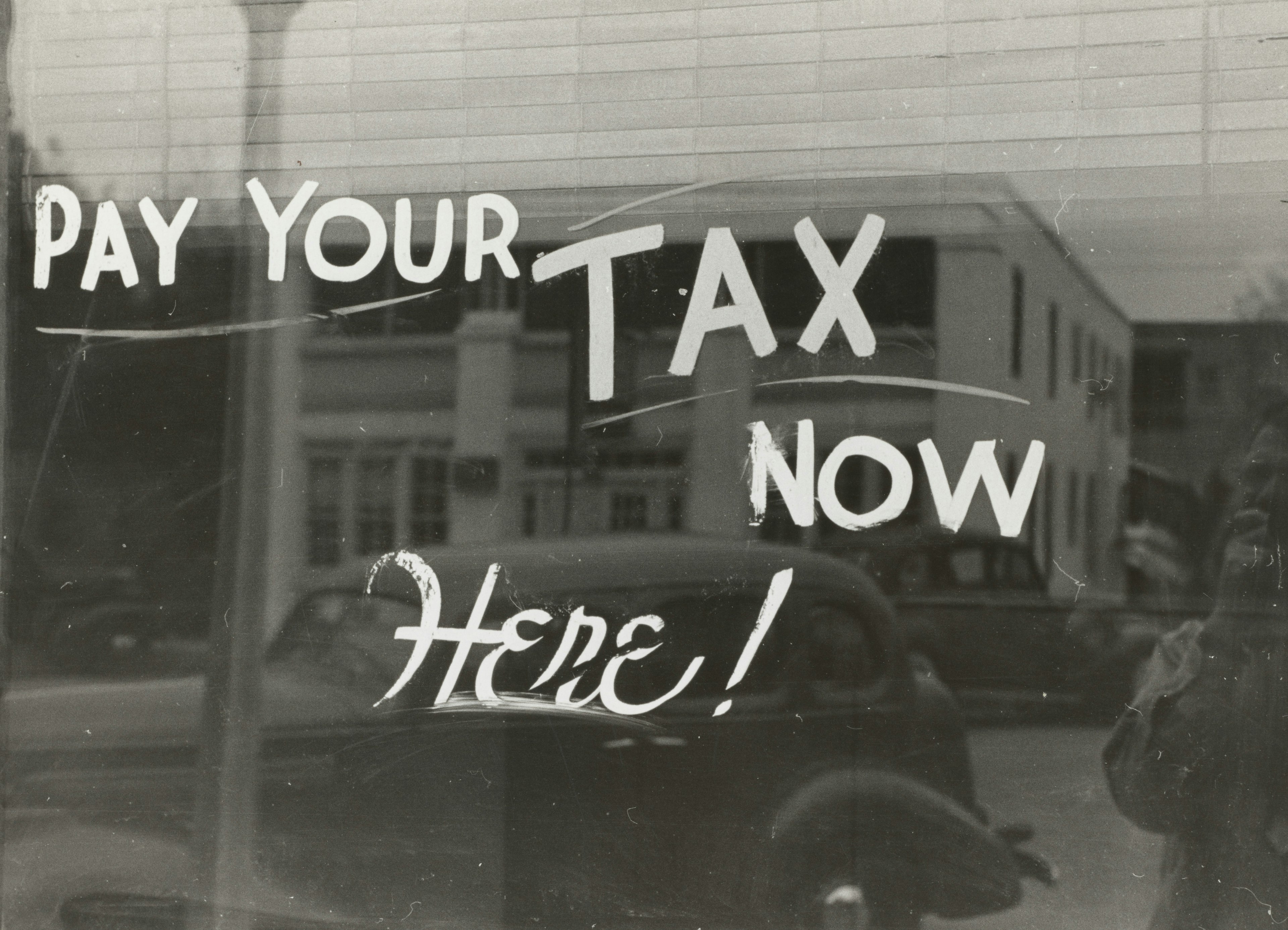A 401(k) is a popular retirement account that allows eligible employees to save money and decrease their federal tax obligations. It is an employer-sponsored tax-advantaged plan. Individuals can contribute "pre-tax" dollars, or income that will be exempt from income tax, so it can grow in the account untaxed until the individual reaches retirement age. Congress initially created this plan structure to help people save for retirement.
Investing in a 401(k) has many advantages. One of the key advantages is the tax benefits during the year you contribute. Every contributed dollar lowers your taxable income. Traditional 401(k)s, SIMPLE 401(k)s, and safe harbor 401(k)s all accept pre-tax contributions. Roth 401(k)s, on the other hand, were introduced in 2006 and accept post-tax contributions.
The IRS establishes an annual limit for how much an individual can contribute in pre-tax dollars to their (collective) 401(k)s each year. In 2025, individuals can contribute up to $23,500 and, if they're over 50, an additional catch-up contribution of $7,500. For those aged 60-63, the catch-up contribution increases to $11,250. Employer matching contributions do not fall under this cap.
Contributions to your 401(k)
Your individual contributions will come directly from your salary. Your company's payroll or HR department will remove your elected contribution amount from your paycheck and transfer it to your 401(k) account. Your W-2 form will reflect this by having a lower amount subject to federal income tax. Because the amounts are deferred over the course of the year, you won't take an additional deduction when you file your income taxes each year.
Withdrawal timing to save taxes
Tax-deferred contributions offer significant tax savings in the present day. But you will need to pay taxes on them eventually. If you contribute to a traditional 401(k), SIMPLE 401(k), or safe harbor 401(k), you will pay taxes during your retirement when you begin to make withdrawals. At that point, your 401(k) withdrawals are considered income, so you'll pay federal and state taxes relative to the annual amount you withdraw. Individuals can begin to make withdrawals when they turn 59 1/2, but making withdrawals before this point will make you incur an additional 10% penalty on the withdrawn amount. The IRS requires individuals to make withdrawals by April 1 after you turn 72.
Even with this future tax obligation, 401(k)s provide these two strategic benefits:
In retirement, you're likely to be in a lower tax bracket than during the course of your professional career. This means your total tax obligation will be lower.
Unlike with post-tax contributions, all of your contributions are allowed to grow tax-free in the years between contribution and withdrawal.
What taxes are 401(k)s exempt from?
Pre-tax 401(k) contributions are exempt from federal income taxes, state income taxes, and local income taxes. Let's break those down further:
Federal Income Tax:
Your employer will remove your elected deferral amounts from your annual taxable salary. Federal taxes are applied only to this lowered amount of take-home pay.
State Income Tax:
Every state is different. Most states don't require employers to withhold state income tax from your eligible contributions. Some states may not have an income tax at all. Your employer can check with your state's revenue agency to determine the best policy. This information will be available in the 401(k) plan text or through your HR department.
Local Income Tax:
Local laws vary. But most cities and counties don't require withholding from 401(k) contributions.
401(k) reporting
When you receive your W-2 form, you should not see your contributions included in your federal wages (box 1). Instead, you can find the pre-tax amount in box 12. If your state and county or city exempt 401(k) deferrals, the amounts won't be included in state wages (box 16) or local wages (box 18).
However, your pre-tax contributions will be included as part of your total Social Security wages (box 3) and Medicare wages (box 5). Pre-tax contributions will not lower these tax obligations.
How do 401(k) tax deductions work?
Again, one of the most important advantages of a pre-tax 401(k) is that you can decrease your total taxable income in the current year. The total amount of your eligible pre-tax contributions will be deducted from your federal income tax obligations. The remainder of your income that doesn't get contributed to pre-tax retirement accounts (which also includes traditional IRAs), HSAs or FSAs, and pre-tax insurance premiums determines what you owe in federal taxes.
Every pre-tax contribution reduces the amount of tax you pay from each paycheck, For example, if you have an annual salary of $45,000 and get paid twice per month, your gross pay is $1,875 and your net pay is $1,559.43. That's $315.57 in taxes.
However, if you contribute 10% of your income to your pre-tax 401(k) account (or $187.50 per pay period), your net pay is $1,394.43, That's a only $165 difference, even though you contributed $185, because of your lowered tax obligation.
Understanding your marginal tax bracket
As you earn more taxable income, you reach higher marginal income tax brackets. For example, in 2019, if you had a taxable income of $100,000, you quality for the 24% tax bracket (though your effective tax rate will be lower). If your taxable income was $35,000, you reached the 12% tax bracket. Generally, people experience lower income levels during retirement than during their professional careers. Making pre-tax contributions to a 401(k) allows you to "skip" paying taxes at a high rate so you can pay later at a reduced rate.
However, if you expect to be in a higher tax bracket during retirement than you are now, making post-tax contributions to a Roth 401(k) might be more strategic.
Roth 401(k)s reduce post-retirement taxes
Roth 401(k) plans allow individuals to make post-tax contributions. The earnings will be tax-free, provided that they remain in the account until you reach 59 1/2 and the account is older than five years old.
Under this plan, you pay income taxes on the account contributions now, but you can withdraw the contributions tax-free later. This is ideal for individuals who believe their tax bracket is currently lower than it will be during retirement.
Making contributions to a 401(k) account can help you save for retirement and adjust your tax obligations in the present. Employers can help their employees prepare for retirement by offering traditional, Roth, and safe harbor 401(k)s. To learn more about managing these plans, contact Human Interest today. We're here to help.
Low-cost 401(k) with transparent pricing
Sign up for an affordable and easy-to-manage 401(k).
Article By
The Human Interest TeamWe believe that everyone deserves access to a secure financial future, which is why we make it easy to provide a 401(k) to your employees. Human Interest offers a low-cost 401(k) with automated administration, built-in investment education, and integration with leading payroll providers.


